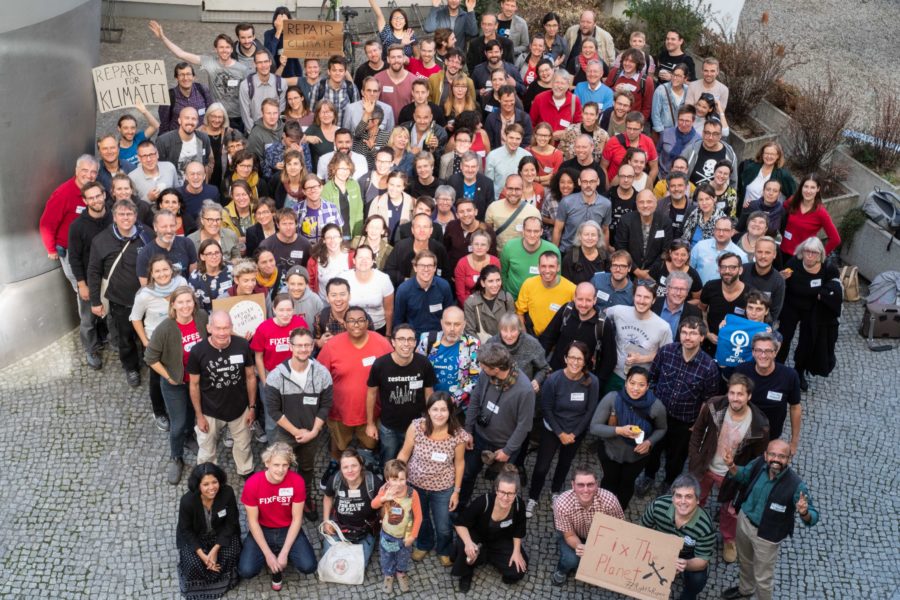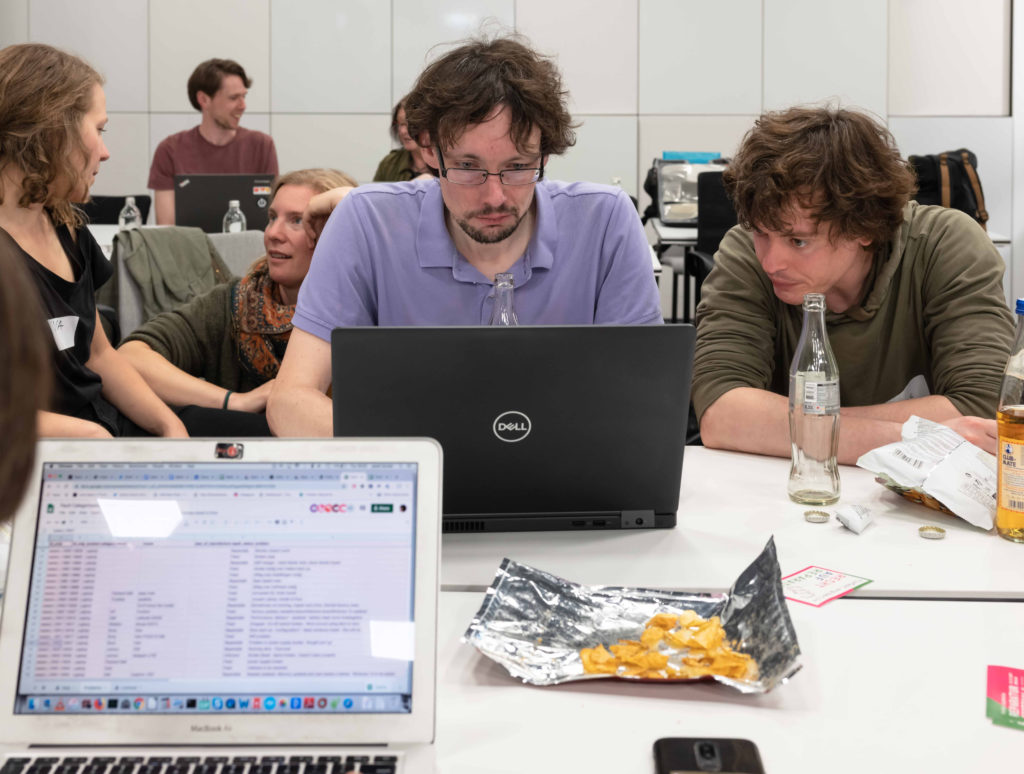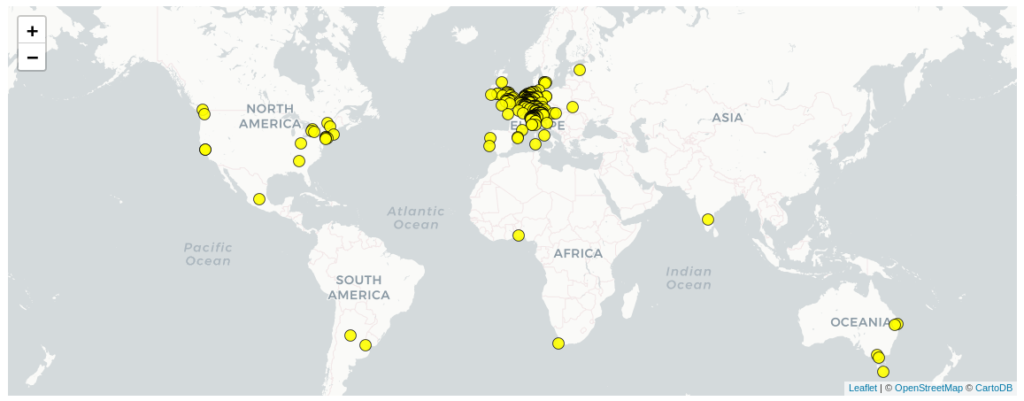At Fixfest 2019, members of the global repair community came together to meet and share stories, experiences and tactics. It was an exciting and energising gathering, with many highlights, including the launch of the European Right to Repair campaign. Running through Fixfest there were a number of threads and discussion on repair data – in addition to a dedicated fringe event where the Open Repair Alliance held a data dive looking at our recently released set of open data on repair.
This post summarises the conversations on data at Fixfest and what’s coming up for repair data in the coming quarter.
Combining open repair data
We know that citizen data on environmental issues can have direct influence at the policy level. As such, the Open Repair Alliance works on an open data standard for repair data, and ORA members work together to combine the repair data from our community repair events, where we collect information such as the type of products we see, who made them, the reasons for failure, whether we could fix the device, and any barriers to our repair.
By mapping this data to a common format, we can pool our repair data together and look for patterns and trends to help inform policy. In the run up to Fixfest we published a dataset of nearly 16,000 records of repair attempts, soon to increase to near 30,000 as more data comes available.
Combining datasets from repair groups around the world involves a lot of collaboration and technical work finding commonalities and mapping data together. We’ll be publishing a blog post soon going into detail on the work and the challenges involved in aggregating repair data, and what’s coming next for the Open Repair Data Standard.
Why do computers fail?
As our repair data is open, citizen data, collected by the community, we run public events to engage people in the analysis of the data too.
At Fixfest, with recent campaign successes around the right to repair domestic appliances, and with policy on computers next on the agenda, we ran an event continuing work started by The Restart Project to dive into our repair data and build a picture of why computers fail.
With around 20 attendees, and 600 recent records from anstiftung and The Restart Project to look through in German and English, we set ourselves a challenge for the evening. We wanted to classify the free-text information recorded about the problem with the device into a set of defined fault types. Classifying the text into distinct fault types allows us to investigate questions such as “what are the most commonly seen faults?”; “which faults have the best or worst repair rate?”.
We’ll be reporting in detail about the event and its outcomes in a post next week.
Making data collection easier
In addition to increasing the quantity of repair data, we always in parallel investigate how we can enhance the quality of the data collected. Two broad areas we look at here are helping streamline the collection of repair data at bustling community repair events; and ways to make post-processing the data fun and something that anyone can do in their spare time.
Collecting repair data in spreadsheets
ORA partners have various ways of collecting data, but a common request is to allow for data collection with spreadsheets. During a Fixfest unconference session, The Restart Project discussed their work on designing a repair spreadsheet template for the collection of repair data, pre-populated with information from the data standard, that can be used for data collection. The data can then be ingested into existing repair platforms – and ultimately combined into the overall aggregation of repair data across communities.
Repair data microtasking
The Restart Project are also investigating ways to facilitate online microtasking to help the post-processing of repair data to improve its utility. Take, for example, the classification of “problem” text into fault types, as undertaken during the Fixfest fringe event discussed above. To open this kind of task up to the wider community, the The Restart Project are looking at ways to turn the process into a fun activity any interested citizen could help out with online, for a few minutes in their spare time.
Sharing data on events
Where does our repair data come from? Community repair events! And in order to fix the devices in our community, we need people to know that events are taking place near them. During a Fixfest unconference session led by The Restart Project and anstiftung we brainstormed ways in which we could make upcoming repair events more discoverable.
This includes tweaking our existing online platforms to make our events appear more prominently in search engine results.
But it could also include extending our data standard to include a common way of listing repair event information. This way, similarly to how we have a combined registry of repair data, we could have a combined registry of upcoming events, so that anyone in the world can find an event near them with a simple search, regardless of who is running it.
In fact, we have already started along this path with our work in combining events together for International Repair Day each year. With more work and collaboration we could have this global list of repair events available for any day of the year.
Next steps
Keep a lookout for more details of each of these areas of work over the coming weeks and months. And if you would like to get involved in these developments, please contact us.


